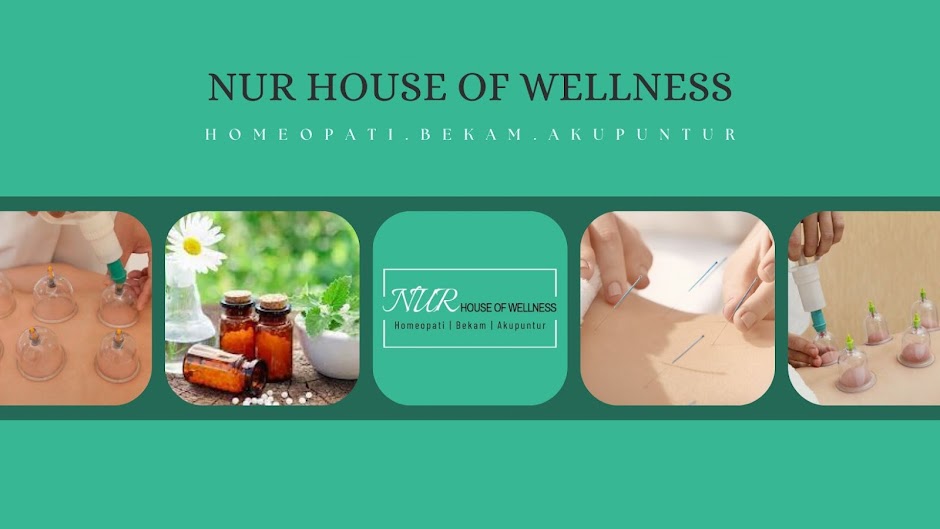Homeopathy can rely on a long-standing tradition. Homeopathic ideas already circulated at the times of thr great Greek physicians, yet lacked the coherence and systematic approach that was later established in the early 19th century. As early as 400 B.C. Hippocrates identified two methods of cure, one by "contraries", the other by " similarities", the latter being the major principle of homeopathy.
This distinction is based on the notion that a fever for example may either be cured by administering fever reducing drugs such as salicylic acid, the main component of "Aspirin", which is the way of contraries. On the other hand Belladona or Aconite may be given, which in small portions cause a feverish illness in healthy people, yet in true fevers help to cure the patient by "similarities", which is the central idea of homeopathy, i.e "like cures like".
The most prominent figure connected with homeopathy, however, is Samuel Hahnemann, in the late 18th century German physician, who "discovered" homeopathy by self experiment. In 1790 he took a quantity of cinchona or Peruvian bark. He thereby tried to prove that this plant cured intermittent fever and allayed the ill person's suffering, by causing symptoms similar to the one created by the disease.
He determined that, cinchona, from which later quinine was derived for the treatment of malaria, brought on malaria symptoms in the body.
Hahnemann reasoned that a substance which produced certain effects -symptoms- in a healthy person, may cure the same symptoms in a sick person. The most central idea of homeopathy, the "law of similars", was born.
Samuel Hahnemann researched and consolidated his findings for almost 20 years before in 1810 he finally published published his theory in a coherent from in the Organon der Heilkunst (Tool of The Art of Healing), which caused quite a stir among the medically trained practitioners and pharmacists at the time.
The idea that like cures like, in addition to the claim that a minute, "inert" dose of a substance may cure serious disease seemed paradoxical as well as controversial and has continued tp attract criticism and derision even today.
Reference sources :-
Homeopathy At A Glance - An Encyclopedia of Safe And Effective Remedies by Margit Wendelberger-James

PUSAT PERUBATAN TRADISIONAL & KOMPLEMENTARI (PT&K) HOMEOPATI , AKUPUNKTUR DAN BEKAM. TEL : 06-6787812 /016-6641012 (ws). (Traditional & Complementary Medicine Centre. Homeopathy, Acupuncture & Cupping) a member of Malaysia Registered Homeopathic Practitioner (MRHP) and Pertubuhan Acu-Bekam Malaysia (PABM) NS0133984-P
HUBUNGI KAMI DI SINI :
NO 46-G, JALAN BANDAR SENAWANG 4
PUSAT BANDAR SENAWANG
70450 SENAWANG
NEGERI SEMBILAN
TEL : 06-6787812 / 016-6641012



